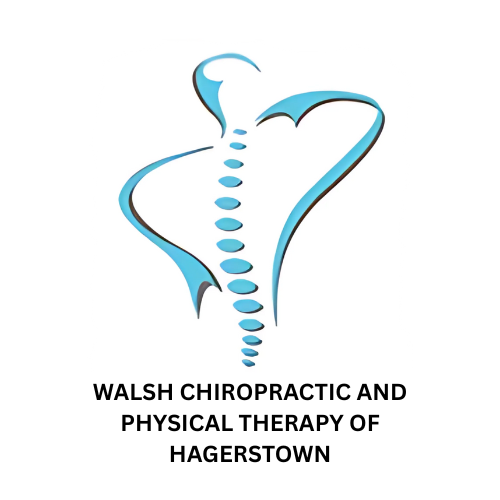How a Chiropractor Can Help With Back Pain Relief
- Patrick Walsh

- May 10, 2025
- 3 min read
Updated: Nov 22, 2025
That Nagging Back Pain? You Don’t Have to Live With It
If you’ve been feeling stiff, achy, or just plain off—especially in your lower back—you're not alone. Back pain is one of the most common reasons people seek help. And if you’ve been Googling for answers, you’ve probably run into the big question:
Can a chiropractor really help with back pain?
Yes. And it’s probably more effective than you think.
In this blog, I’ll walk you through how chiropractic care works, what’s likely behind your pain, and what you can do to feel better—without relying on meds or risking surgery.
What’s Actually Causing Your Back Pain?
A lot of folks assume back pain comes from one bad lift or sleeping funny. But more often than not, it’s a slow build-up of small issues:
Poor posture or slouching
Misalignments in the spine
Herniated or bulging discs
Muscle tension pulling things out of whack
Conditions like spondylosis
Your spine is like a stack of Jenga blocks—when one piece shifts, everything above and below it compensates. That chain reaction leads to stiffness, pain, and inflammation.
What a Chiropractor Does for Back Pain (It’s More Than “Cracking”)
Here’s what actually happens when you see a chiropractor for back pain:
1. Assessment & Discovery
We don’t jump straight into treatment. First, we look at your posture, spinal movement, and overall health. What’s pulling things out of alignment? That’s what we need to find out.
2. Personalized Treatment
Depending on what’s going on, your care plan might include gentle adjustments, soft tissue work, or even targeted stretches. We tailor everything to you.
3. Support Your Body’s Natural Healing
The goal is to help your spine and nervous system function the way they were designed to. That means fewer flare-ups, better movement, and less pain overall.
Long-Term Relief (Not Just “Quick Fix” Pain Management)
Back pain isn’t just about today—it’s about whether it’ll be back next week.
That’s why chiropractic care also helps you:
Improve posture (even during your 9–5)
Strengthen weak areas with specific stretches like the levator scapulae
Reduce tension patterns that cause repeat pain
Fix your sleep position (because your mattress does matter)
It’s about restoring alignment, yes—but also teaching your body how to stay there.
Common Questions We Hear About Back Pain & Chiropractic
Will I feel better after one visit?
Some do. Some need a few. The real win is long-term improvement—not just a “quick fix.”
What if my back pain radiates into my legs or hips?
That could be nerve-related or tied to muscle imbalances. Chiropractic care can help reduce pressure and inflammation in those cases.
Is chiropractic safe?
Absolutely, when delivered by a licensed professional. We explain every step of the process so you feel informed and confident.
Still curious? Check out our FAQs or our guide for new patients.
Ready to Get to the Bottom of Your Back Pain?
You’ve got options—and you don’t have to push through discomfort or guess at what’s going on.
At Walsh Chiropractic and Physical Therapy of Hagerstown, we help people understand their pain, address it at the root, and walk away with real tools for lasting relief.
Want to see if we can help?
Keep Exploring
Here are a few other blogs and resources we think you’ll love:





